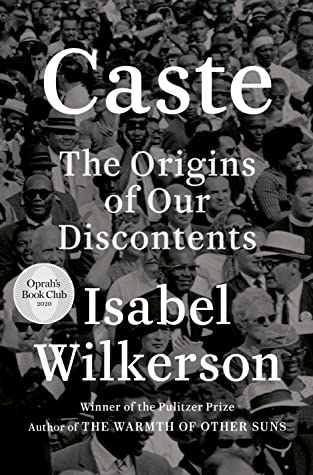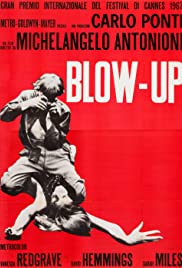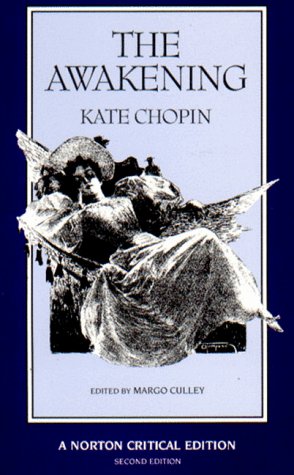Title: Caste
Rating: 5 Stars
Since it’s one of the most serious issues the US faces, over the past years I’ve read many books that deal with racism. The uphill challenge that each of these books faces is the word racism. That has become a trigger word for white people. The word conjures up horrific overt acts like Bull Conner and his attack dogs in Birmingham, Alabama. With few exceptions, most people are horrified by such acts and disavow them.
So, when the word racism is used, white people will reflexively recoil from the argument. After all, I don’t want any physical harm to come to Black people. I don’t use racial epithets. My ancestors never owned slaves. My ancestors only came to this country a couple of generations ago. It’s not like everything has been handed to me on a silver tray just because I’m white.
If you start talking about systemic racism, people’s eyes glaze over. What systems are you talking about? Who invented these systems? When you get right down to it, what even is a system? It sounds like pointy headed liberal talk.
Wilkerson takes a different tack. In her book, you’ll still hear about all of the instances of racism that is described in other works. You’ll read about how Black Americans were excluded from New Deal programs. You’ll read about how Black Americans were shut out of the post WWII housing boom via redlining. You’ll read about how slavery was continued in all but name by the legal system in the reconstructed South.
What Wilkerson does different here is to put it in terms of caste instead of race. Black Americans in the US serve the same function as the Dalit do in India. In India there is a very specific, well defined caste system that pigeon holes everyone into their appropriate slot. It’s so ingrained into their culture that few people are even aware of it. From birth, members of a certain caste are taught to behave in a specific way.
At the bottom of the caste system are the Dalit. Once known as Untouchables, technically they are so low that they aren’t even a caste. Stuck in dangerous, filthy jobs, they are considered so undesirable that if they even cast a shadow upon a member of the Brahmin caste, the Brahmin feels defiled and must take purifying actions.
Starting from the first days that the US was settled in 1619, Black people have filled the same role that the Dalit do in India. They have always done the work that no one wants to do. Even when desperately poor, white people can at least look at a Black person and think that at least I’m not black.
Looking at race relations from this lens yields interesting thoughts. The idea of whiteness and blackness becomes even more absurd. Immigrants, so near to the Black caste line, desperately try to prove their whiteness to escape the stigma of being the bottom caste. Even Black people will emphasize their African heritage to avoid the Black American stigma. In fact, Wilkerson makes the point that the concept of a black race doesn’t even exist in Africa.
Often, lower income whites seem to vote against their interests. If you’re struggling, why wouldn’t you want adequate health care and benefits? When the dominant caste falsely paints these benefits as primarily benefiting the subordinate caste, in their desperation to appear not to be a member of the subordinate caste, they will willingly forego items that would seem to benefit them.
This helps explain the current voting patterns. Republicans are now seen as the party for white people. This has been true since the Democrat Lyndon Baines Johnson signed the 1964 Civil Rights Act. As amazing as it is to contemplate, LBJ is the last Democrat Presidential candidate to win a majority of white votes. You read that right. From 1968 to 2020 (14 Presidential elections), no Democrat has won the majority of white votes. This includes Southern candidates like Jimmy Carter and Bill Clinton. The majority of white voters didn’t experience some sudden conversion to conservative principles. They are voting to preserve the caste system which they see the more diverse coalition of Democrats as threatening.
In these challenging economic times, it’s getting harder and harder for the borderline members of the dominant class to avoid sliding into a lifestyle that appears similar to the subordinate caste. The despair that this brings is causing this group, alone among all other groups, to have a lower life expectancy.
This also explains the periodic paroxysms of violence that erupts against peaceful, moderate, middle class black communities (eg Tulsa massacre of 1921). Concerned that the subordinate caste appears to be beginning to rise from their preordained place, the dominant caste, especially those on the lower fringes, will kill and destroy whatever gains the subordinate caste has made. This puts the lie to the idea that the reason why the subordinate class is down is because they are somehow lazy or stupid. If they were just smarter or worked harder they could take their place among the dominant class. In fact, as long as the caste system is in place, any gains will inevitably be destroyed.
The caste system does allow for some members of the subordinate caste to be successful. Specifically, those members that entertain the dominant caste can achieve great success. Entertainers and athletes can become quite successful as long as they stay within their role as performer for the dominant class. Once they try to do more, they are told to ‘shut up and play ball’.
For us to move on and begin healing as a nation, we have to deal with our original sin that is still with us 400 years later. I certainly don’t know what the answers are, but we have to figure out how to move forward. If we think, not just in terms of race and racism but think in terms of the less loaded term caste, this might at least allow us to start having conversations.






